Live With Locals & Help Protect Snow Leopards at These Ladakh Homestays
The Snow Leopard Conservancy India Trust, established by Rinchen Wangchuk and led by Dr Tsewang Namgail, champions the harmonious coexistence of villagers and snow leopards in Ladakh through its insurance schemes and sustainable tourism initiatives, fostering ecological balance in the region.
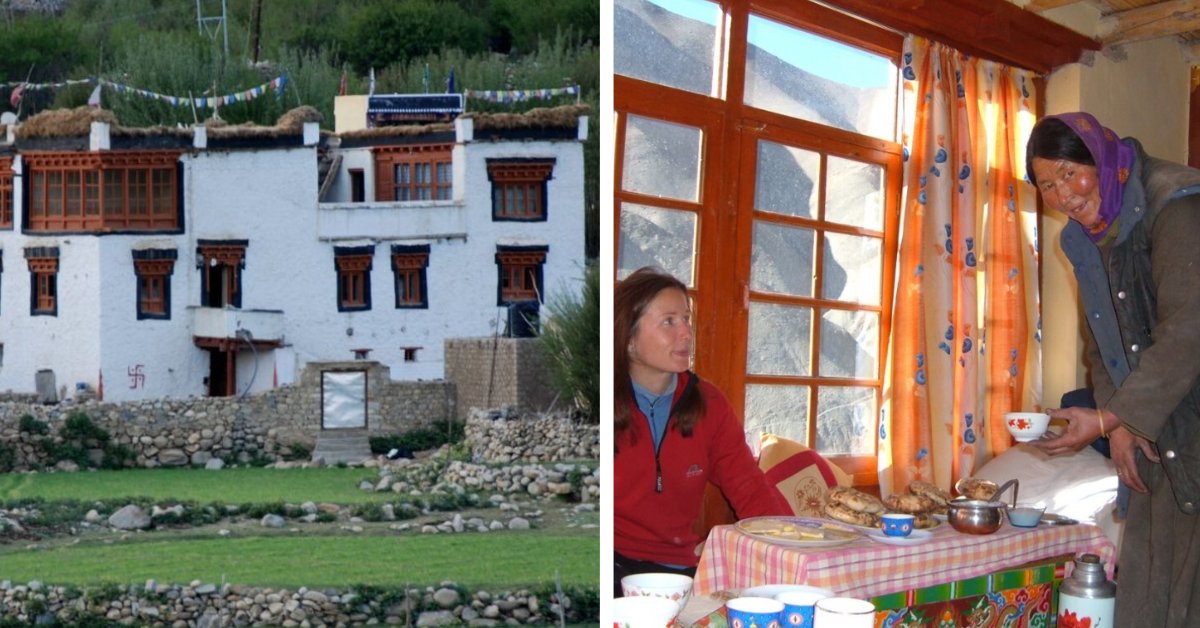
One morning, a couple of years ago, Deachen Chuksit went to her field to milk the cows, a usual morning routine. But she was distraught to find one missing. As a native of Ladakh — also home to the snow leopard — this didn’t come as a shock.
She’d often heard of the snow leopard’s notoriety and how it ruthlessly killed her neighbour’s cattle and sheep as they innocently grazed on the mountain pastures. But, today, she was a victim of the same fate. Years ago, Deachen’s reaction to this horrifying incident would be to weep. But this time, she dialled a number on her phone and calmly narrated the loss she had just witnessed.
The person on the other end of the line was Dr Tsewang Namgail — the present director at the Snow Leopard Conservancy India Trust. Patiently, he heard Deachen out. The next month, an amount of Rs 7,000 made its way to her. The money was a reimbursement for the cow she lost.
“The insurance scheme that Mr Namgail has started is very helpful to us,” Tsewang Norboo, Deachen’s brother-in-law shares. He has been helping her out following the death of her husband.
As part of the scheme, every village home pays an annual sum of Rs 400. The cumulative amount goes into the bank account that Namgail has set up. When a villager reports an incident of a missing cow or goat, citing the snow leopard as the culprit, they are compensated with Rs 5,000 (for a small animal) and Rs 7,000 (for a larger animal).
Namgail took over as director in 2013, after the passing away of his beloved friend and mentor Rinchen Wangchuk. The Ladakhi mountaineer and conservationist had co-founded the trust in 2003 along with biologist Rodney Jackson with a focus on prioritising a harmonious relationship between the snow leopard and the locals.
The return to the place he once called home is special for Namgail who was previously working as a wildlife biologist in the United States where he was studying the migratory patterns of birds. “I had always harboured a dream to come back to Ladakh,” he shares. A burning desire to raise awareness about environmental and ecological issues was behind this dream.
And so, when in 2012, the trust seemed to be struggling after the passing away of its leader, Namgail knew it was time to return.
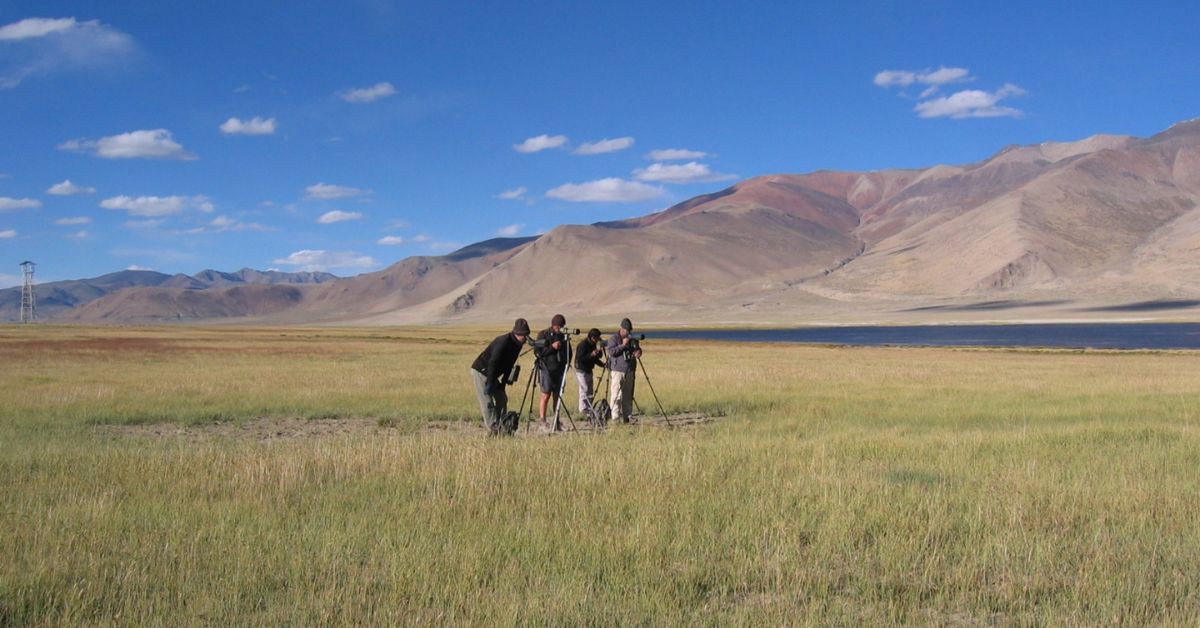
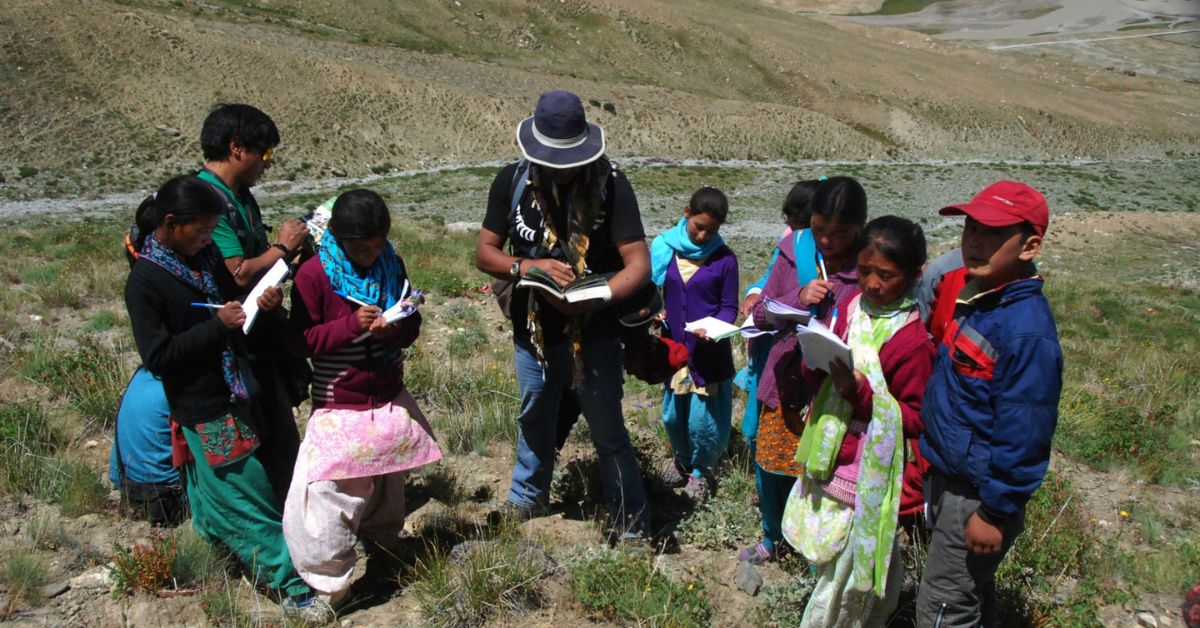

Exploring the majesty of the snow leopards
The villagers who once moved around with fear in their eyes and a tremble in their steps, now have a newfound confidence. They no longer hate the feline. In fact, a major chunk of their incomes is generated by snow leopard-related tourism. To make up for the favour, the locals do not hunt the animals down, as they once did, thus allowing their population to thrive.
And spearheading this harmony between beast and man has been the conservancy. But credit Namgail for leading a unique endeavour such as this, and he says he owes his success to Wangchuk.
“Even before I took over as director in 2013, I remember accompanying Mr Rinchen to the villages of Ladakh and speaking to the locals. He was a great visionary. We would conduct numerous surveys to check on the mountain sheep and goats, and it was a lovely experience to learn from him.”
The duo had known each other for years. “During my college days, I would lead the tourists into the mountains during the summer. At the time, Mr Rinchen was working on some projects for the International Snow Leopard Trust, and that’s when we met,” Namgail explains.
There was so much to learn from Wangchuk, he says. In the years to come, a simple afternoon conversation between a young college boy and his idol blossomed into a beautiful friendship. Little did Namgail know that the baton of the conservancy would pass to him after Wangchuk’s passing.
When Namgail set out to head the conservancy, the intent was to substitute the fear the locals had for this beast with an understanding of its ecological importance. “The snow leopard is vital from three standpoints — ecological, cultural and economic.” For a community that views livestock as subsistence, losing it to the snow leopard is tragic.
But, says Namgail, what the people failed to understand is that the feline is integral to promoting plant regeneration in the mountains, enhancing herbivore diversity and preventing floods.
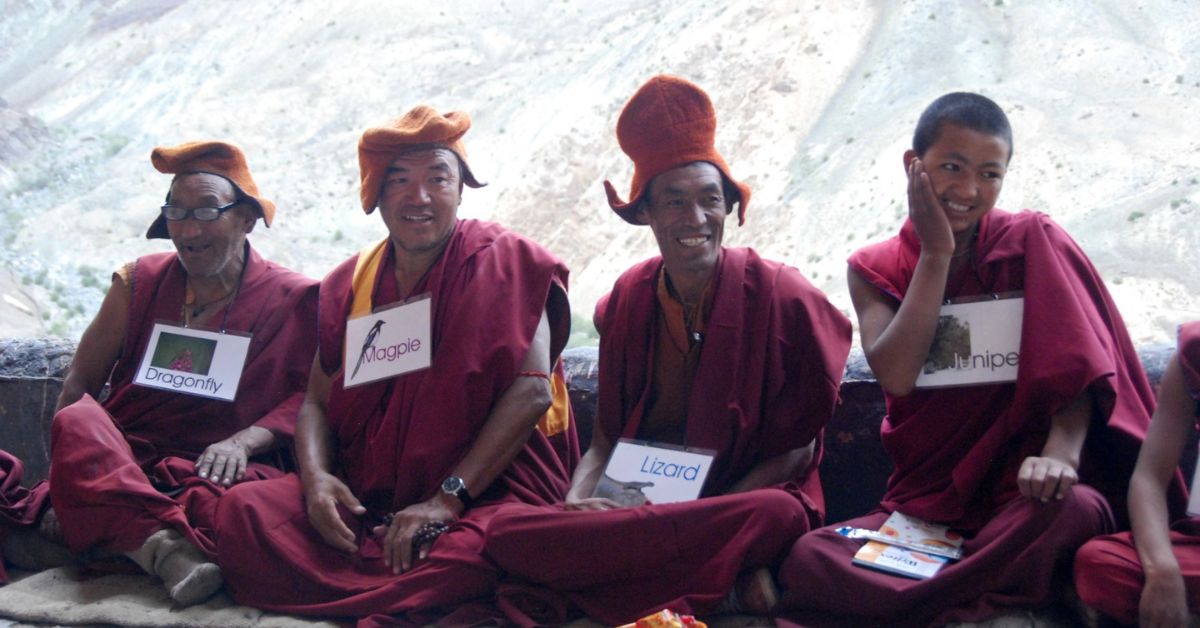
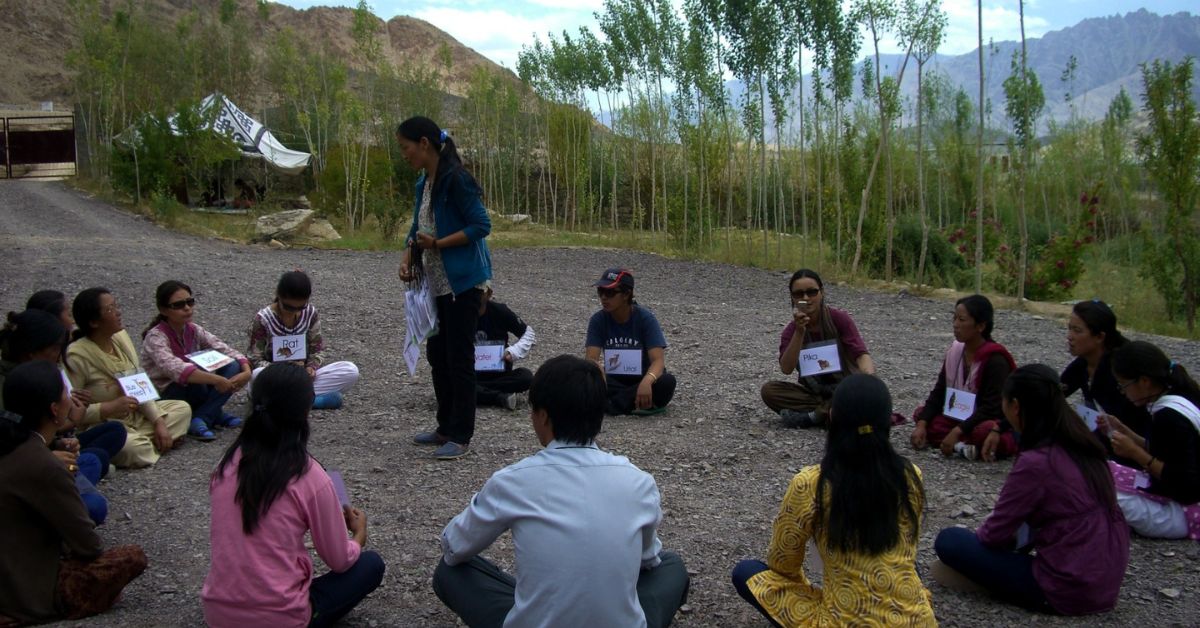
The cycle begins with a snow leopard killing a mountain sheep or goat. “These herbivores feed on alpine pastures that grow on the slopes of the mountain ranges. By controlling the population of these sheep and goats, the snow leopard gives the grasses and plants a chance to regenerate,” explains Namgail.
The next issue the feline helps tackle is floods.
The prevalence of natural disasters in the region is compounded by climate change. “These days we are receiving more rain and less snow. As the rainwater flows down the slopes, the loose soil also goes with it.” Mind you, the soil is loosened by the grazing activity of the goats. The muddy water floods the villages destroying property in the process.
“Now do you see the ecological linkage?” Namgail asks me.
I do.
He then moves on to explore the third benefit of having the animal in the region — enhancing carnivore diversity. “The snow leopard’s preferred prey are the Asiatic Ibex and the Himalayan Blue Sheep. Preying on these indirectly allows other species of sheep and goats to thrive.”
But the question begs to be asked: if an animal has such prime ecological importance, why is it on the brink of extinction?
Protecting the ‘ghost of the mountains’
The moniker has been bestowed on the feline for its natural camouflage. No one can sense it approaching until it finally shows itself. With hind legs that enable it to leap six times the length of its body and a long tail that provides it balance, the snow leopard has for centuries assumed a ‘king’ status in the mountains of Afghanistan, Bhutan, China, India, and Nepal.
What is interesting to note is that the snow leopard’s status was assessed in 1986, 1988, 1990, 1994, 1996, 2002, and 2008. In each case, it was classified as ‘Endangered’. But in 2008 the animals’ status was changed to ‘Vulnerable’ as the population began to decline less rapidly. But the decline was still present, and human-animal conflict was to blame.
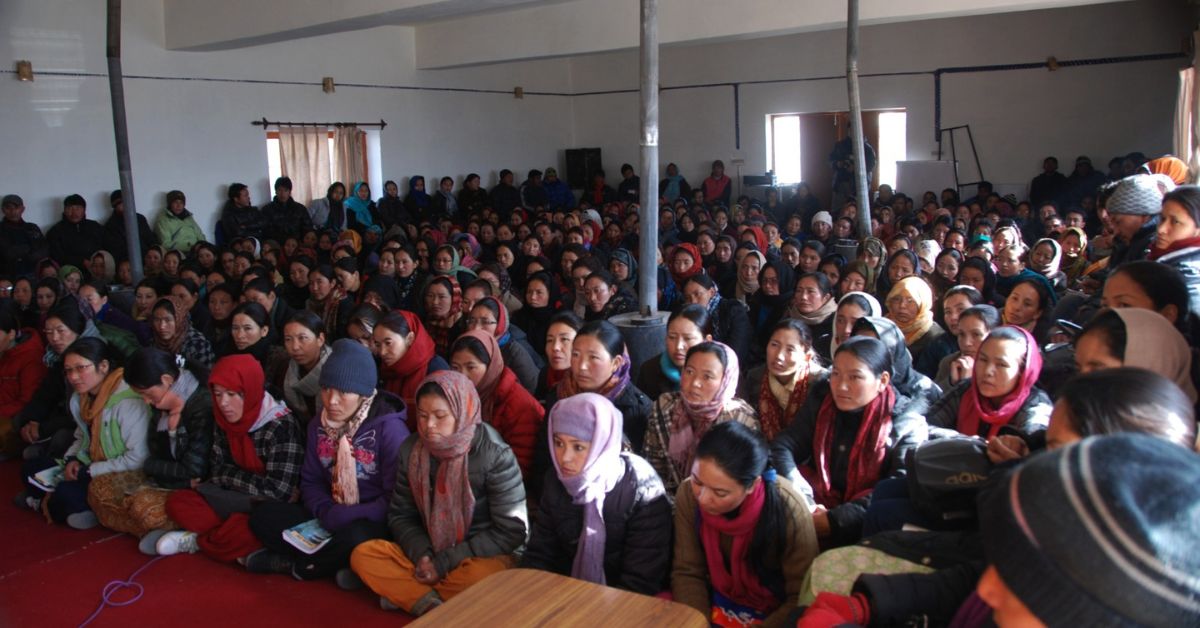


Retaliatory killings have always been a knee-jerk reaction to snow leopards mauling the locals’ livestock. And Namgail emphasises that this is where the conservancy steps in.
Living alongside the ferocious predator isn’t a dream for the pastoral communities of Ladakh. However, being able to maintain their livelihoods from the money they earn through protecting it serves as an incentive. In fact, once hailed as pests, Namgail says the felines are now fondly called ‘Ri Gyancha’ which translates to ‘ornaments of the mountains’.
Of course, this nickname doesn’t soften the attitude of the snow leopard towards the locals who continue to see rare cases of their cattle being mauled and eaten. But at least now, they are reimbursed for it.
Namgail notes that the insurance model is only one of the many activities at the conservancy. “We also focus on community-based tourism, education and research in Ladakh, and promotion of innovative grass-root measures that encourage local people to become better stewards of the endangered snow leopards, their prey, and habitats.”
Another arm of the conservancy is the award-winning Himalayan Homestay Programme which was started under the leadership of Wangchuk.
Helping tourism thrive
Narrating how it began, Namgail shares it was during a visit that he and Wangchuk made to the Hemis National Park in the year 2001. A conversation with one of the village women introduced them to the idea of starting community-led tourism. “One of the women suggested that since the tourist camps led to so much garbage being generated, why not let them live in the local homes?” Namgail shares.
In the weeks that followed, the duo went around the villages of Ladakh and surveyed the local communities to see if they were willing to host guests. They were elated. That’s how the homestay arm was born. Deachen who has also converted her home into a homestay, says she loves having tourists over.

In order to see to it that the snow leopards do not prowl around the home or attack, predator-proof corrals are built by local people using low-cost local materials. “Villagers provide the labour while SLC-IT provides wire mesh, doorframes, beams, and wooden poles,” says Namgail. So far over 150 livestock corrals have been built across Ladakh, benefitting more than 600 families.
In addition to this, the homestay concept enables the villagers to earn. Currently, there are 200 homestays across 40 villages of Ladakh under the conservancy.
Elaborating on the model, he shares that choosing to stay in one of these homestays generates funds for communities that they use to protect their mountain environment. “These funds are created in a unique way: 10 percent of all homestays’ income goes into a ‘village conservation fund’, which is used by villagers for tree planting, garbage cleaning, and maintenance of their cultural heritage, such as mani walls, chortens, and sacred juniper stands.”
The villagers are encouraged to host guests on a rotational basis. “This is done so that no single family can monopolise the tourists. Because if that were to happen, it would create a disharmony in the village.”
As Namgail shares, the tourism model has been so successful that people across the Himalayas have taken inspiration from it and are replicating it. But regulation is important, he emphasises. If you found our stories insightful, informative, or even just enjoyable, we invite you to consider making a voluntary payment to support the work we do at The Better India. Your contribution helps us continue producing quality content that educates, inspires, and drives positive change. Choose one of the payment options below for your contribution- By paying for the stories you value, you directly contribute to sustaining our efforts focused on making a difference in the world. Together, let’s ensure that impactful stories continue to be told and shared, enriching lives and communities alike. Thank you for your support. Here are some frequently asked questions you might find helpful to know why you are contributing?

As evening settles over Ladakh, the snow is tinged with a mix of blue and orange, a blend of the hues of the setting sun and dusk. As the locals go into their homes, bolt their doors, and warn the children to stay inside, the silent rustle of leaves goes unheard. So does the slither in the bushes and the shadow of a feline beginning its prowl.
Edited by Pranita Bhat
This story made me
- 97
- 121
- 89
- 167













